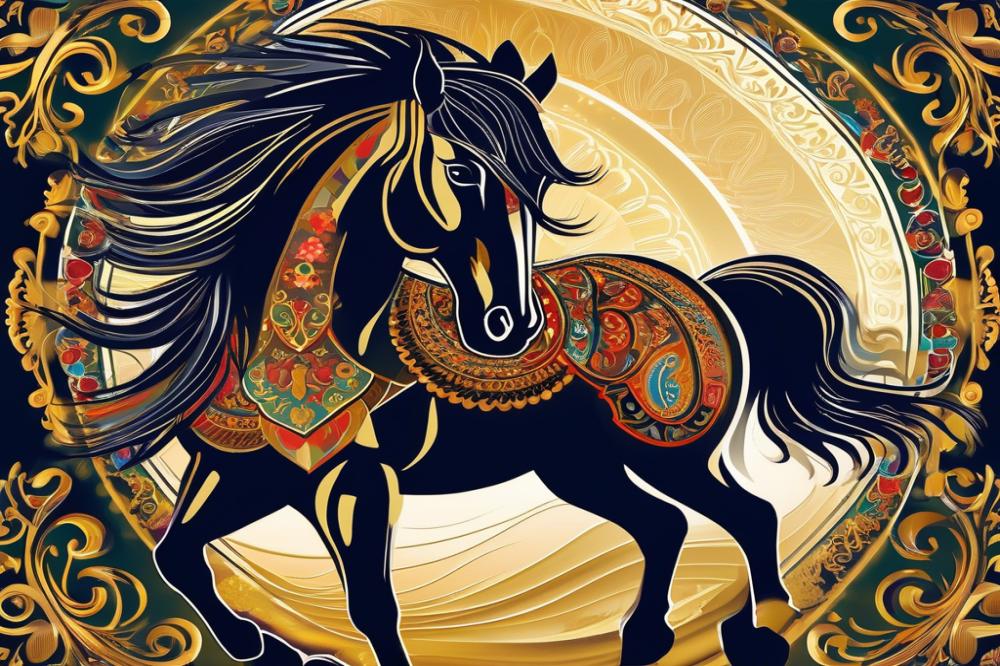Introduction
horses have long held a special place in various cultures around the world. Their grace and strength have made them important in agriculture, transportation, and sport. In many regions, they symbolize freedom and adventure. Throughout history, these animals have influenced art, stories, and music. Communities often celebrate their connection to horses with festivals and traditions.
This is particularly true in the southern region of Spain. Here, the culture surrounding horses runs deep. Renowned for its passion for equestrian activities, this area is a hub for horse lovers. The traditions linked to horses play a significant role in local life. Even today, these creatures are celebrated through various means.
Central to this celebration is traditional folk music and dance. Both forms of artistic expression are tightly woven into the fabric of community events. They showcase not only the beauty of motion but also the story of everyday life. Rhythms echo the clip-clop of hooves, and melodies often mimic the wild spirit of the horse. Festivals come alive with vibrant dances that tell tales of history and tradition.
In Andalusia, this connection between horses and art presents a vibrant picture of culture. The dances reflect both joy and pride, often accompanied by lively music. Performers use their movements to honor the legacy of these animals. Through music and dance, performers create a rich tapestry that speaks to the spirit of a people intertwined with their beloved steeds.
Horses as Symbols in Andalusian Culture
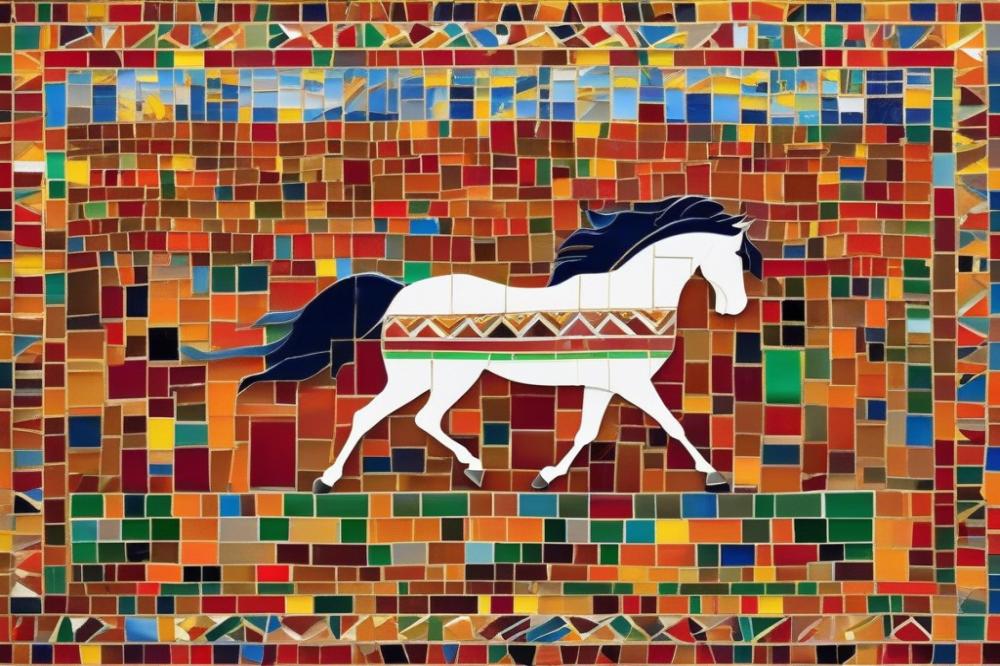
In the heart of Southern Spain, equines have held a vital role in shaping local traditions. Historically, horses served not just as work animals but also as key figures in celebrations and festivals. Their presence in daily life resonated deeply with the people of the region, intertwining with their cultural practices.
Folklore often portrays horses as central characters, reflecting the soul of the community. They symbolize not only physical strength but also resilience in the face of hardships. In many songs and dances, the gracefulness of a horse captivates audiences and evokes pride among the performers.
The imagery of these majestic creatures often evokes ideas of beauty. Their smooth gait and elegant demeanor capture the essence of freedom that many aspire to in life. This symbolism extends beyond mere appearances. It speaks to a shared dream—an ideal of living unrestrained and bold.
In storytelling, horses represent a connection to the past. Tales passed down through generations highlight their bravery. People often recount adventures featuring horses, blending history with entertainment. They act as vessels of memory, reinforcing traditions that define the community.
Moreover, horses are also seen as embodiments of nobility and honor. Dressed in ornate saddles and adorned with colorful fabrics, these animals stand as proud symbols during festivals. This enhances their majestic allure, which is celebrated during various performances.
Many local dances include elements that mimic the movement of horses. Dancers simulate the rhythmic trot or gallop, reflecting the bond between animal and human. In this way, the spirit of the horse is infused into the very fabric of the performance.
Horses are not merely companions; they deepen the emotional ties within the community. Through various forms of expression, they remind everyone of their shared heritage. This longstanding relationship transcends generations, ensuring that the legacy of these animals lives on.
Music History and Its Connection to Horses
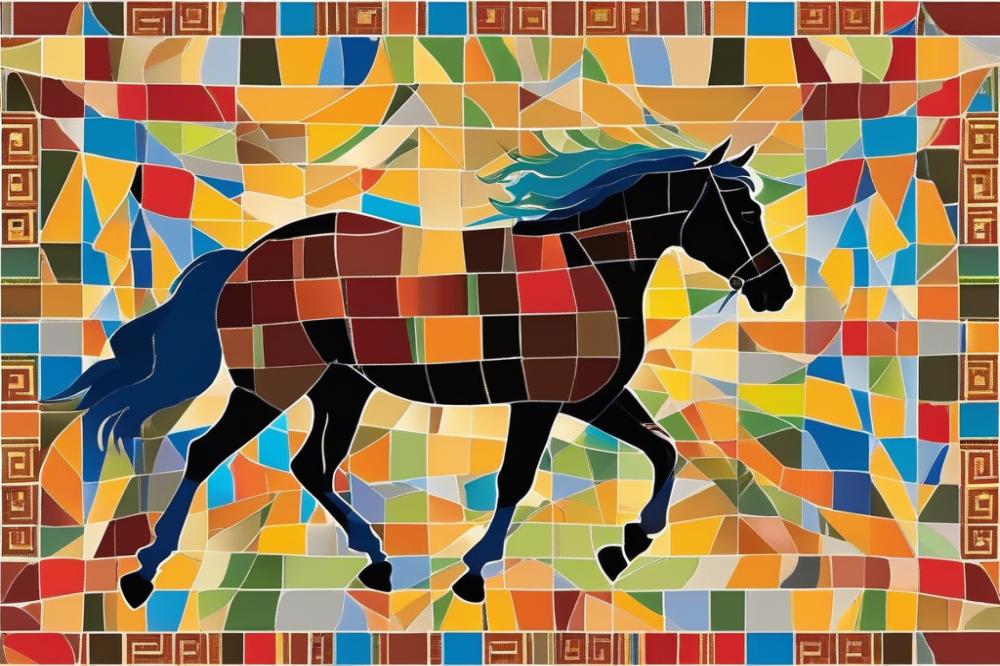
Folk instruments play a vital role in the rhythms of traditional Andalusian music. Guitars, castanets, and flutes create a rich tapestry of sound. The use of the cajón, a percussion instrument originating from Afro-Peruvian traditions, adds a distinct flair. Instruments like the bandurria and the lute carry melodies that reflect the history and culture of the region.
Horses find their way into many themes of traditional music. Songs often celebrate the bond between people and their equine companions. Wherever one listens, tales of gallant steeds and skilled riders echo through the notes. Equestrian life deeply influences the lyrics and stories that are shared at gatherings and festivals.
Music captures the essence of life intertwined with horses. The rhythms often mirror the movements of these majestic animals. Trotting beats and galloping patterns can be felt in the melodies. Dancers often emulate horse movements, bringing an additional layer of connection to the music. This mirrors the culture that thrives with a close relationship to the land and animals.
Styles of music reflect the varied experiences of those who ride. Flamenco, a prominent genre, showcases intense energy and emotional expression. The quick strumming of guitars and the clapping of hands might remind one of a rider’s spirited actions. Such sounds resonate with the community’s collective memory of the horse’s role in their lives.
Traditional Dance and Equestrian Traditions
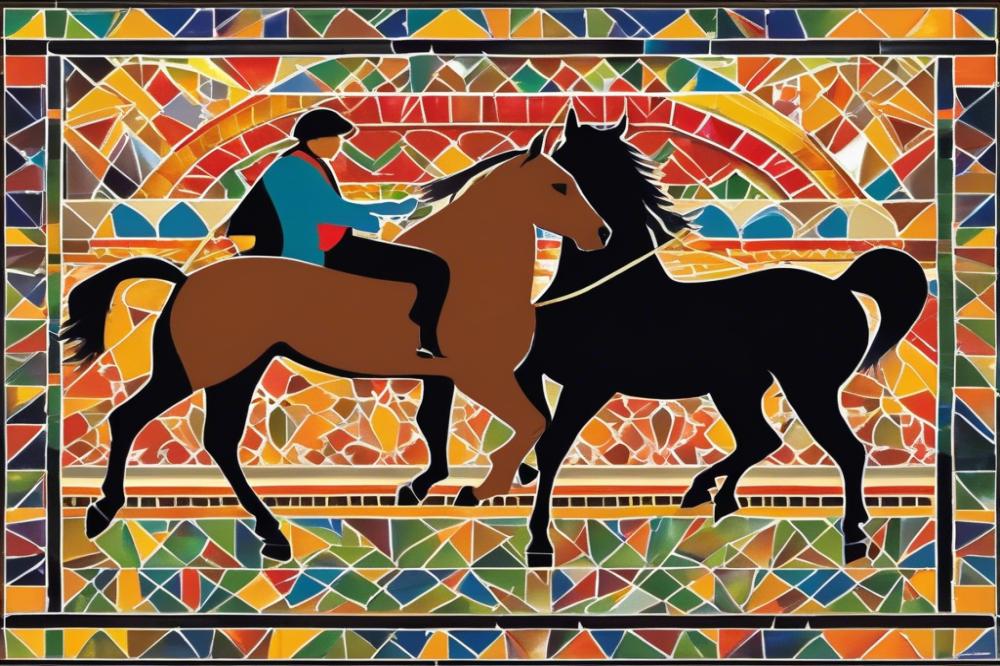
In Andalusia, flamenco dance and equestrian culture share a deep connection. Both forms of expression highlight the strength and grace found in the movement of horses. Many elements of flamenco embody the rhythm of hoofbeats, creating a natural bond between dancer and animal.
Dance rhythms often reflect the gait of horses. The lively footwork mirrors the powerful trot, while slower movements capture the elegance of a canter. Each step in flamenco can evoke images of a horse in motion, showcasing how deeply intertwined these traditions are.
Rural traditions further inspire several forms of dance. Local celebrations frequently feature performances that include horse-themed choreography. Dancers pay homage to their surroundings, showcasing admiration for both the land and the animals that inhabit it.
cultural significance
Horses symbolize strength and beauty in many Andalusian communities. Dancers wear costumes that resemble traditional equestrian attire. This practice highlights the shared heritage of dance and horseback riding, emphasizing the role of horses in everyday life.
Additionally, specific dance styles emerged from agricultural festivals. These dances are reflective of farmers’ relationships with horses, showcasing the animals’ importance in farming activities. The unique rhythms and movements echo the sounds and sights of working with these majestic creatures.
Music also plays a vital role in connecting dance to equestrian traditions. Guitar strumming often mimics the sounds of hoofs on the ground. The combination of music and dance creates an immersive experience that celebrates both human creativity and the animal kingdom.
Horses in Contemporary Andalusian Folk Performances
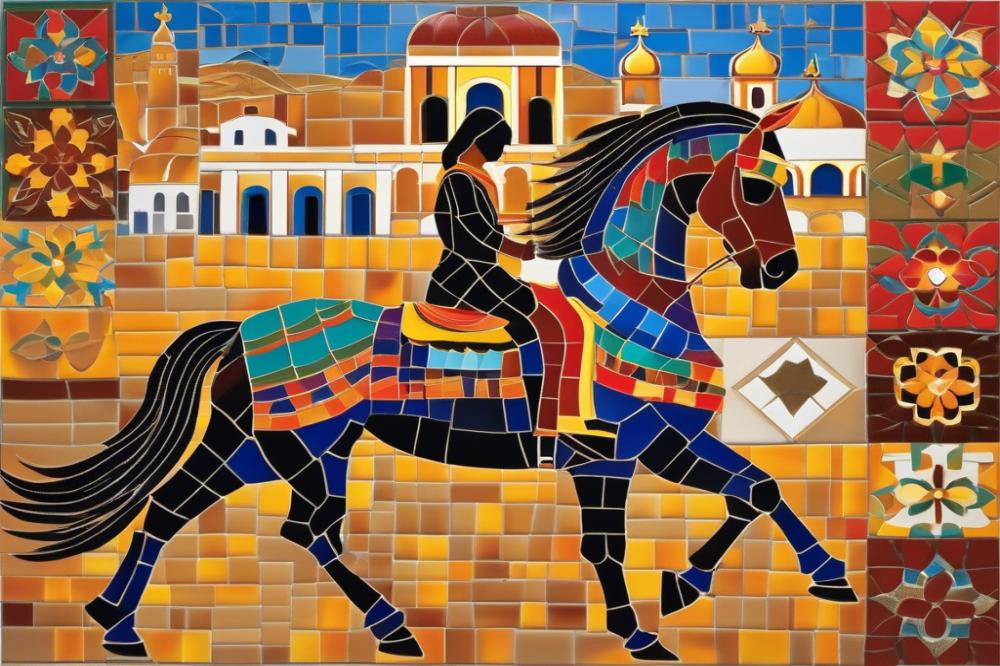
Modern performances in Andalusian folk culture often pay homage to historical equestrian traditions. Dancers and musicians showcase skills that reflect centuries of rich heritage. Horses feature prominently in these celebrations, symbolizing strength and grace. Just as their ancestors did, contemporary artists strive to capture the beauty of these majestic animals.
folk music festivals frequently include horse-related events. Competitions highlight the deep bond between riders and their steeds. There, audiences witness displays of horsemanship intertwined with traditional music and vibrant dance. Various performances illustrate how equestrian arts mesh seamlessly with cultural expressions.
The narrative surrounding horses has evolved significantly. No longer merely tools for agricultural work, they now represent artistic flair in performances. Contemporary interpretations of past practices breathe new life into these traditions. Artists blend different styles, while ensuring respect for the original spirit of the equestrian art forms.
Many practitioners aim to modernize themes while honoring their roots. By integrating horses into dance, they create a memorable experience for spectators of all ages. The rhythmic beats of drums mingle with the sounds of hoofbeats, underscoring the connection between rider and horse. Such moments evoke a sense of nostalgia and pride.
As folk music adapts, so does the portrayal of horses. Artists explore new narratives, pushing boundaries while remaining respectful of history. The equestrian figures seen today are not just fables of the past; they resonate with current cultural identity. This evolving art form demonstrates how traditions can thrive within contemporary contexts.
The Enduring Legacy of Horses in Folk Traditions
Horses have long played an essential role in the folk music and dance of the southern region. These majestic animals symbolize strength and grace, serving as both companions and cultural icons. Through songs and performances, their presence amplifies the spirit of traditional celebrations, connecting people to their heritage.
The integration of equestrian culture with musical and dance traditions forms a rich tapestry of expression. Dancers often mimic the movements of horses, reflecting their agility and power. This blend creates a dynamic experience for both performers and audiences alike. Folk musicians frequently reference horses in their lyrics, highlighting their significance in daily life and cultural narratives.
Cultural heritage continues to evolve, but the influence of horses remains deep-rooted. As new generations embrace these traditions, they find ways to honor the past while fostering innovation. The challenge lies in balancing preservation with modern influences, ensuring that the essence of these traditions is not lost.
Looking ahead, the role of horses will likely persist in the region’s cultural fabric. Their narrative is woven into stories, rhythms, and movements that will resonate for years to come. Future festivals and celebrations will undoubtedly celebrate this bond, ensuring that the unique relationship between horses and traditional dance remains vibrant.
The legacy of horses transcends mere companionship. It continues to inspire art and music, enriching the lives of those who hold these traditions dear. In embracing this cultural heritage, communities will keep the spirit of their ancestors alive, fostering pride and connection for generations ahead.

